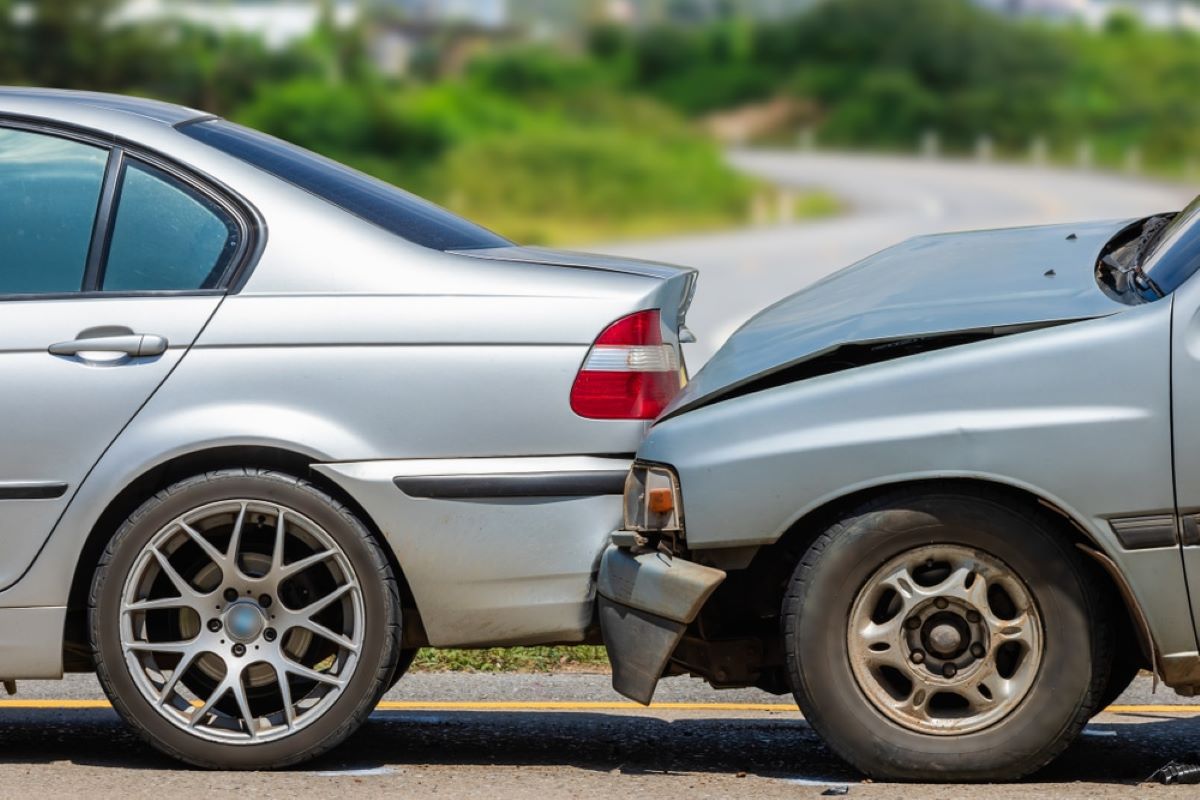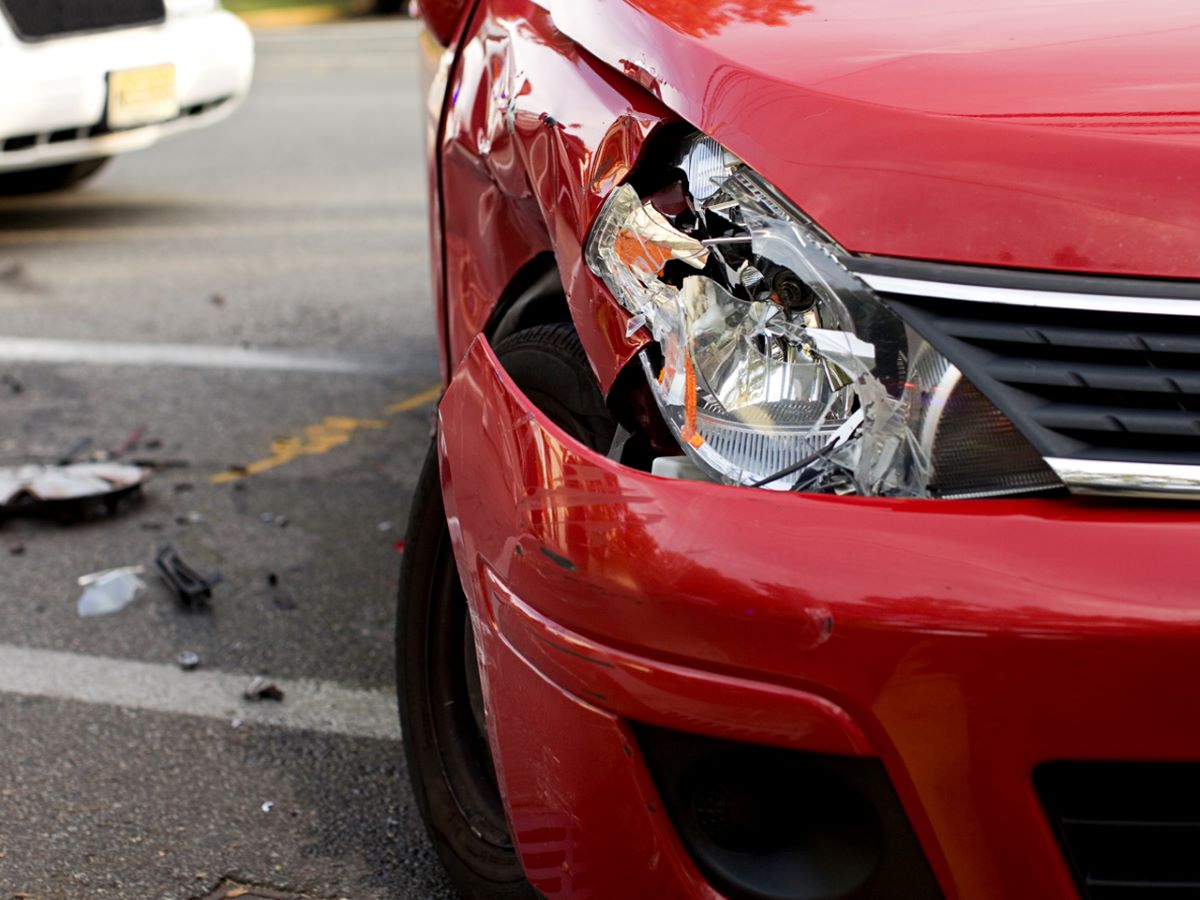A critical component of managing a safe fleet is ensuring that drivers are operating secure vehicles. This includes utilizing the best available safety technology whenever possible and conducting regular inspections and maintenance.
Historically, technologies such as airbags and crumple zones were designed to reduce injuries to vehicle occupants in the event of a crash. However, the introduction of advanced driver assistance systems (ADAS) has shifted the focus.
“Increasingly technological systems are helping us to achieve an even better outcome – avoiding the crash in the first place,” explains Nick Reed, the founder of Reed Mobility.
Early examples of these technologies include anti-lock brake systems (ABS) and electronic stability control (ESC). Both systems activate automatically when sensors in the vehicle detect a loss of control, helping the driver to avoid more severe consequences.
These technologies are often referred to as ‘passive,’ as they function in the background, with the driver not necessarily aware of their presence until they are needed.
In contrast, ADAS technologies use cameras and advanced sensors to gather more information about both the driver and the driving environment. They are considered ‘active’ systems because they take more direct action to help reduce the risk of a collision.
Such systems might issue visual or audible warnings to alert the driver to potential hazards, or they might take more direct action, such as activating the brakes or steering the vehicle.
“Although designed to support safety, they may work in ways that a driver might consider surprising, or even annoying,” Reed notes.
“Crucially, these systems may conflict with the driver’s mental model of how their vehicle should operate, as it may be outside their previous experience or training, unlike simpler systems that operate only in emergencies.
“It is therefore important that drivers are aware that such systems are fitted to the vehicle, and where and how they may intervene to support safe driving.”
Also Read: Top Blind Spot Mirrors For Better Visibility When Driving A Car
Turning Off Safety Features
Research revealed that 41% of drivers have turned off safety features in their cars because they found them annoying. Many respondents also stated that they did not believe these features would make them safer.
However, the Parliamentary Advisory Council for Transport Safety (PACTS) highlights that vehicle safety technologies are “the single most important means of preventing and mitigating serious injuries in motor vehicle crashes and the most efficient means of reducing deaths and serious injuries in road crashes.”
PACTS estimates that if ADAS technologies were installed in all new vehicles, it could prevent 1,700 deaths and 15,000 serious injuries over 16 years.
Numerous real-world studies, including one from the Insurance Institute for Highway Safety in the United States, have demonstrated that autonomous emergency braking (AEB) can reduce injury claims by as much as 35%.
These technologies use sensors to detect hazards around a vehicle and will automatically apply the brakes if a potential emergency is detected, such as a pedestrian stepping into the car’s path or a vehicle stopping suddenly in front.
Other research has shown that Intelligent Speed Assistance (ISA), which uses GPS and cameras to monitor speed limits and either alerts the driver when they exceed the speed limit or forces the vehicle to slow down, can reduce injury-related crashes by 29%.

In July 2022, the European Union introduced the Vehicle General Safety Regulation, making certain safety features mandatory for all new vehicles. These mandatory features include ISA and AEB, as well as:
- Reversing detection using cameras or sensors.
- Attention warning that monitors head and eye movements for signs of driver distraction or drowsiness.
- Emergency stop signals that alert the driver behind by causing the brake lights to blink when the vehicle brakes sharply.
- Lane-keeping assist, which alerts the driver if the vehicle strays too close to lane markings, applying steering or brakes to keep the vehicle within the lane.
- Event data recorders, which gather data on driving behavior that can be accessed after an accident.
Although these technologies are available in vehicles in the UK, the government has not adopted the EU policy following Brexit, despite pressure from many road safety organizations.
“We urge the Government to look at the evidence, listen to the overwhelming call for safety, and follow Europe’s lead by making these safety features mandatory for all new vehicles in Britain,” says Ross Moorlock, CEO of Brake.
Confusion Due to Name Differences
Further complicating matters, vehicle manufacturers often use different names for the same technology when it is installed in their vehicles.
For example, Mercedes-Benz refers to ISA as Speed Limit Pilot, while Volvo calls it the Automatic Speed Limiter. Audi names AEB Pre Sense City, and Kia refers to it as Forward Collision Avoidance Assist.
Brake recommends that fleet managers make it company policy to only acquire vehicles equipped with specific ADAS technologies.
Murphy Plant, for instance, takes a proactive stance by ensuring that all small vans it orders come equipped with AEB.
“This involved choosing a more expensive vehicle, but the business agreed that the added safety for our employees outweighed the extra cost,” says Tony Murphy, fleet manager at Murphy Plant.
“Autonomous braking is now standard on all new vehicles purchased, and this will help reduce incidents.”
The Euro NCAP (New Car Assessment Programme) safety rating system is another tool often used by fleets to establish a minimum vehicle safety standard. This rating is based on how vehicles perform in a variety of crash tests.
Euro NCAP’s testing protocols are regularly updated to reflect the latest vehicle safety technologies to ensure they meet the highest safety standards.
Changes to the protocols introduced last year placed more focus on active safety measures, evaluating their ability to prevent collisions and protect vulnerable road users.
The updated protocols also raised the bar for both occupant and vulnerable user protection in the event of a crash (passive safety), and now include more detailed post-crash rescue data, which is necessary to achieve a high Euro NCAP safety rating.
Vehicles are awarded an overall score of up to five stars, with individual ratings for crash protection of adult occupants, child occupants, vulnerable road users, and safety assistance technologies.
Also Read: Top 10 Car Cleaning Products To Keep Your Vehicle in Pristine Condition
Although electric vehicles often dominate discussions among fleet managers covering topics such as transition strategies, charging, reimbursements, and related concerns this report on fleet safety emphasizes how to foster a safety culture, implement a driver behavior program, and address the root causes of accidents.
Insights from fleet leaders and industry experts aim to help create a robust risk and compliance policy that protects both employees and the business.

